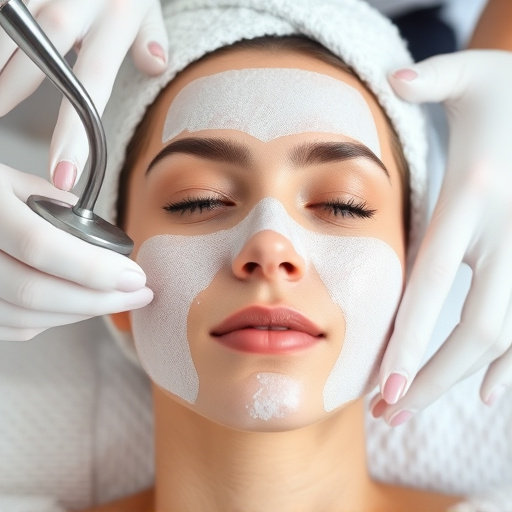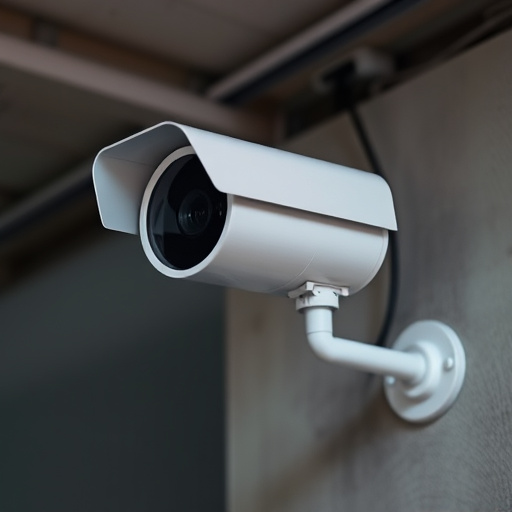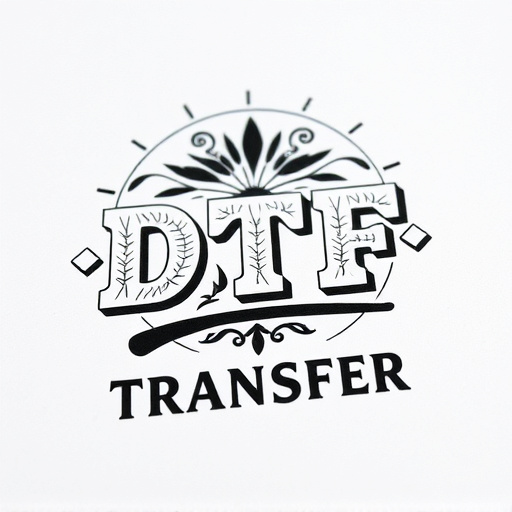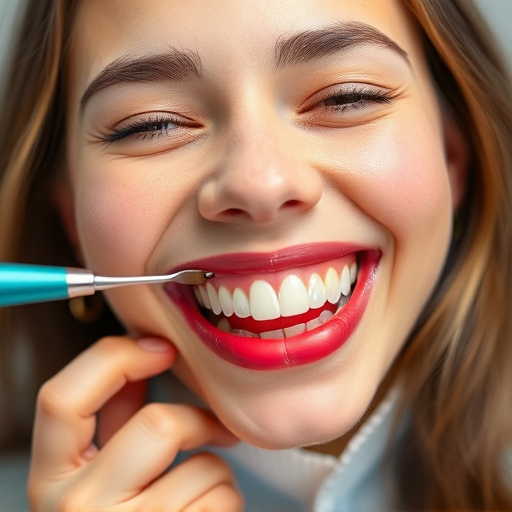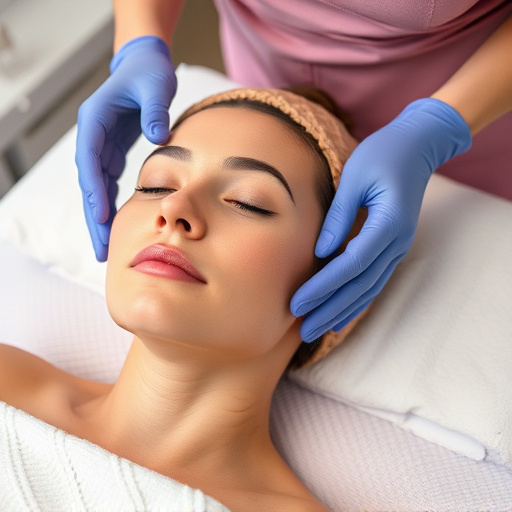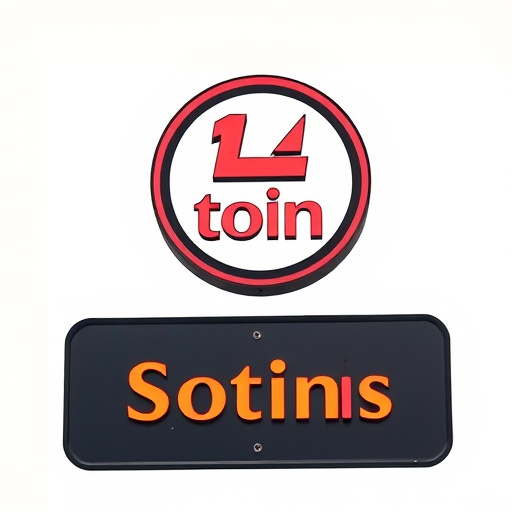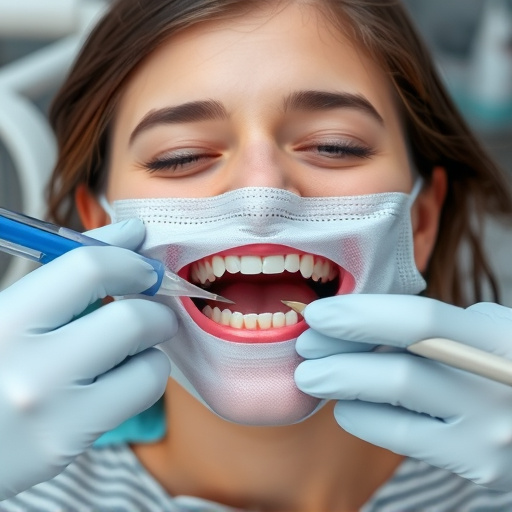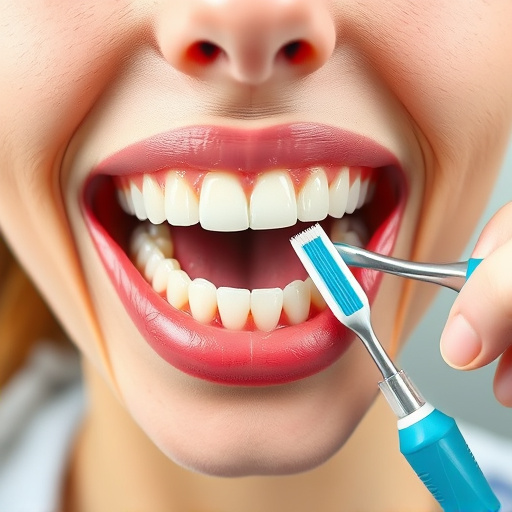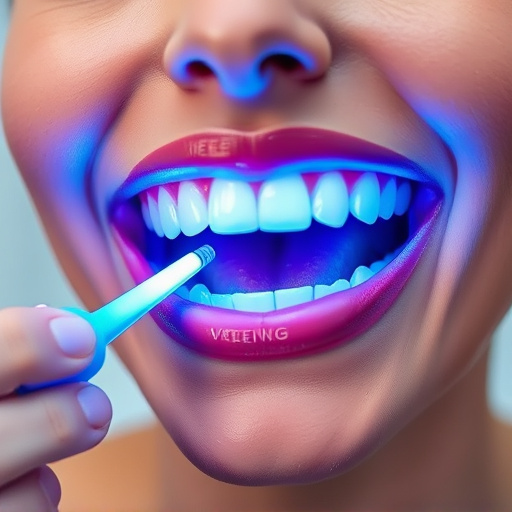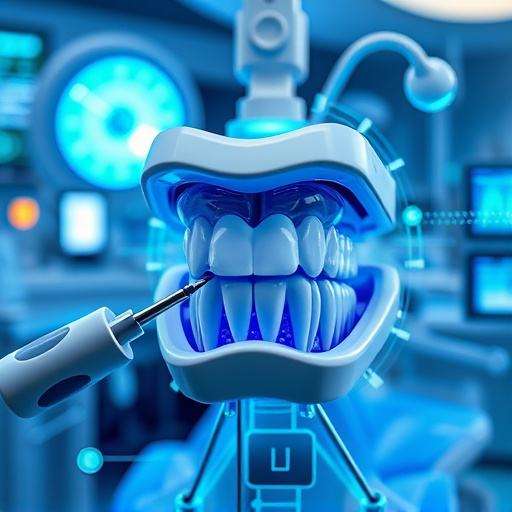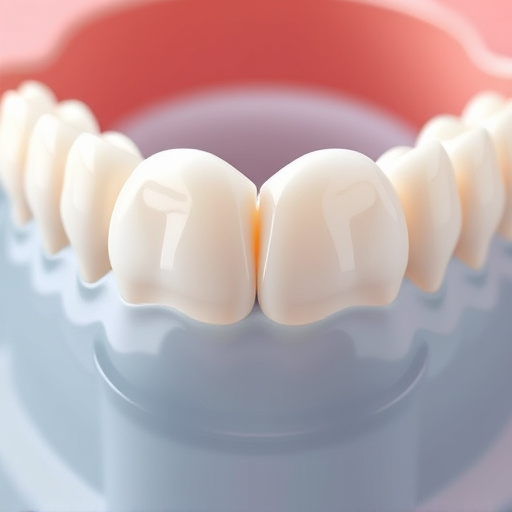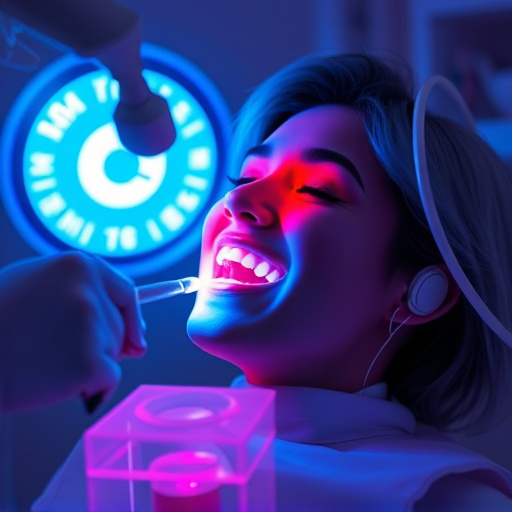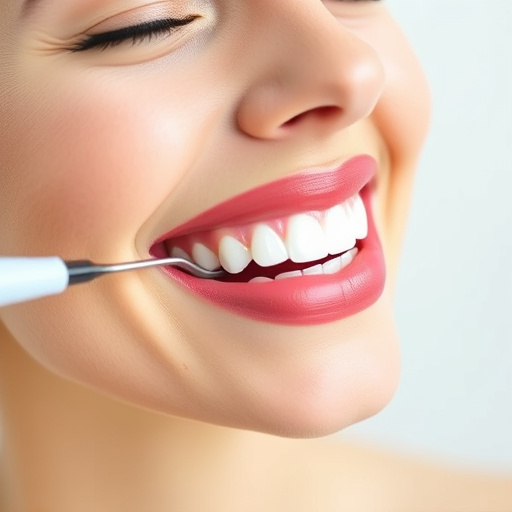Microorganisms like bacteria and viruses pose risks to dental equipment and patient health if not managed properly. Effective sterilization protocols are crucial in restorative dentistry, especially for common oral pathogens. Choosing appropriate methods like high-level disinfection, chemical, or gas sterilization depends on instrument type and use. Rigorous sterilization protocols maintain a safe, hygienic dental environment, preventing infectious diseases and building patient confidence.
Maintaining sterile environments is paramount in dental practices to prevent infections and ensure patient safety. This article explores effective sterilization protocols for reusable dental equipment, a critical component of modern oral care. We delve into understanding the impact of microorganisms on dental instruments, guiding you through the selection of appropriate sterilization methods. Additionally, we provide insights on implementing and maintaining rigorous sterilization protocols, essential for any dental practice aiming to deliver safe and effective treatments.
- Understanding Microorganisms and Their Impact on Dental Equipment
- Selecting Appropriate Sterilization Methods for Dental Instruments
- Implementing and Maintaining Rigorous Sterilization Protocols in Dental Practices
Understanding Microorganisms and Their Impact on Dental Equipment
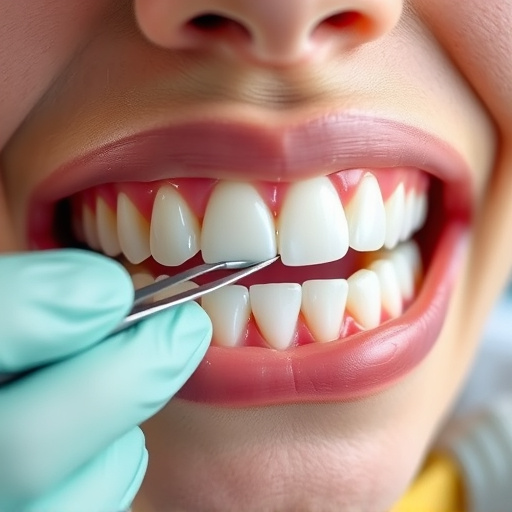
Microorganisms, including bacteria, viruses, and fungi, are ubiquitous in our environment and can pose significant risks to dental equipment and patients’ health if not properly managed. In the context of restorative dentistry, such as dental cleanings and cosmetic fillings, understanding these microscopic entities is paramount for establishing effective sterilization protocols. These tiny pathogens can survive on surfaces and within complex dental instruments, leading to potential infections if not adequately eradicated.
The impact of microorganisms on dental equipment is profound. They can cause a range of issues, from device contamination to the spread of infectious diseases. For instance, bacteria like Staphylococcus aureus and Streptococcus mutans are common oral pathogens that can lead to serious infections if left unchecked. Therefore, dental professionals must adhere to stringent sterilization protocols to ensure the safety of both patients and reusable instruments, be it for routine dental cleanings or specialized cosmetic procedures.
Selecting Appropriate Sterilization Methods for Dental Instruments
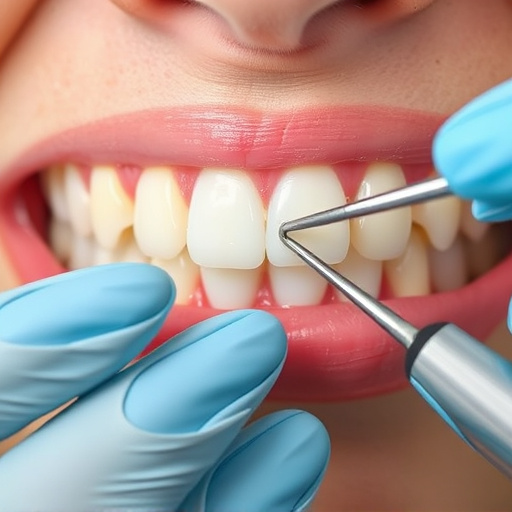
Selecting the appropriate sterilization methods for dental instruments is a crucial aspect of maintaining a healthy and safe environment in a family dentistry setting. The choice of sterilization protocols depends on various factors, including the type of instrument, its use, and the desired level of disinfection. For instance, high-level disinfection (HLD) using autoclaves is ideal for heat-resistant instruments like forceps and scissors used during dental cleanings and procedures involving dental fillings.
Different methods offer varying levels of effectiveness. Chemical sterilization, employing disinfectants or sterilizers, is a common practice for more delicate instruments that can’t withstand high-temperature treatments. This method is particularly useful for maintaining a sterile field during routine dental cleanings and check-ups. On the other hand, gas sterilization, using agents like ozone or carbon dioxide, offers rapid and comprehensive disinfection, suitable for critical instruments used in emergency situations or intricate procedures.
Implementing and Maintaining Rigorous Sterilization Protocols in Dental Practices
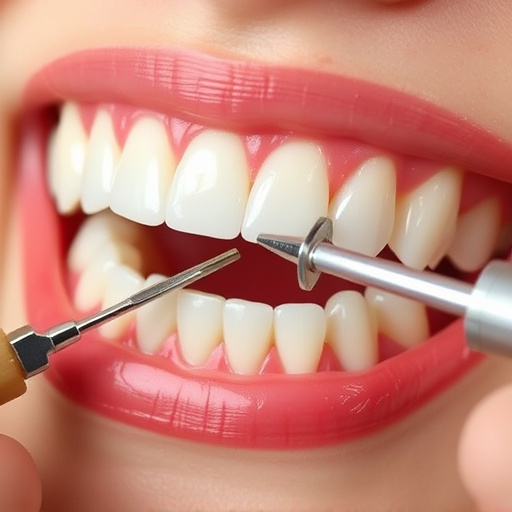
Implementing and maintaining rigorous sterilization protocols is an indispensable aspect of modern dental practice. It’s a robust defense mechanism against infectious diseases, ensuring patient safety and confidence. These protocols, extending beyond mere surface disinfection, encompass comprehensive processes like autoclaving, where high-pressure steam sterilizes equipment, killing all microorganisms. Dental practices should establish standardized procedures for decontaminating instruments after each use, adhering to recommended contact times for effective sterilization.
Regular training and education for staff are vital to uphold these standards. This includes mastering proper handling techniques, understanding the limitations of different sterilization methods, and recognizing when equipment requires replacement or retrofitting with sterile components. A consistent focus on aseptic practices, integrated into the routine oral exams, wisdom tooth removal, and cosmetic fillings procedures, is key to maintaining a safe and hygienic dental environment for all patients.
Maintaining rigorous sterilization protocols is paramount in dental practices to ensure patient safety and prevent the spread of infections. By understanding microorganisms, selecting appropriate sterilization methods like autoclaving or chemical disinfection, and implementing consistent maintenance routines, dental professionals can effectively sterilize reusable equipment. Adhering to these standardized procedures safeguards both patients and practitioners, fostering a clean and hygienic dental environment.
